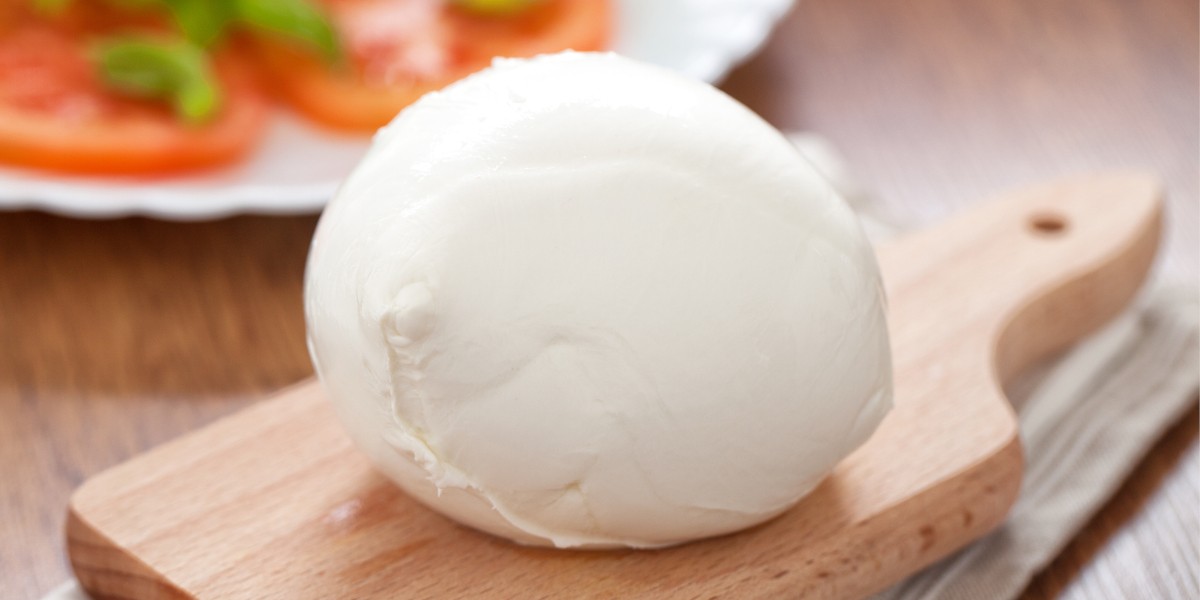Glossary
What Is
This is a stretched curd cheese made from cow milk (fiordilatte) or buffalo milk, either spherical or braided. It has a smooth, shiny surface, a very thin skin and a porcelain white color. Mozzarella owes its name to the cutting operation (mozzatura) performed to separate individual pieces from the curd during artisanal production. It is a typical product of the southern regions, especially Campania. Buffalo mozzarella production has obtained the protection of the DOP mark.
How To
Mozzarella is one of the most commonly used cheeses in cooking, either for cooked dishes or for fresh dishes like salads. If it needs to be cooked, it is best to use a day-old mozzarella sliced a few hours before use and allowed to drain, so that a minimum of whey remains in the cheese. When eaten fresh at the table, it is dressed with nothing more than a drizzle of olive oil (if the cow’s milk type), or plain if it is buffalo mozzarella.
Italian Tradition
Mozzarella is the undisputed queen of many dishes, including the symbol of Italian food, pizza (though it appears in calzones and panzerotti as well). Elastic and soft, it is the main ingredient in eggplant parmesan, mozzarella in carrozza, not to mention savory pies and potato casseroles. Fresh and flavorful, it is irresistible in the insalata caprese, that simple recipe so evocative of the aromas and colors of the Mediterranean coast: slices of juicy tomatoes, soft mozzarella, aromatic basil leaves and extra-virgin olive oil.
How To Keep It Fresh
Mozzarella keeps for two days in its packaging liquid. Cow’s milk mozzarella can be kept refrigerated in a closed container. Buffalo mozzarella must be left at room temperature, well covered in whey, to prevent it from oxidizing.
Get fresh Italian recipes and food news every day!
Subscribe to our newsletters:

